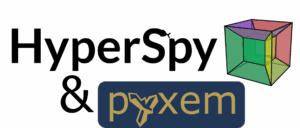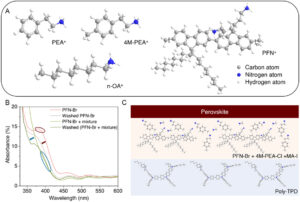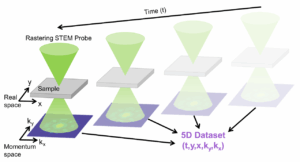Carbon dioxide reduction is a potential strategy for converting CO2 to renewable fuels. Copper nanocatalysts are of particular interest for CO2 reduction because copper is the only elemental metal that is known to drive CO2 reduction to products other than carbon monoxide and formate.
A recent paper by researchers at EPFL uses a DE-16 direct detector to study reconstruction of spherical Cu nanocatalysts during the CO2 reduction reaction. The catalysts were dispersed in a custom made, microfabricated electrochemical liquid cell and immersed in a CO2 saturated, 0.1 M KHCO3 liquid electrolyte. Zero-loss energy filtering was achieved using an Omaga filter, improving the contrast of images acquired during the liquid cell experiment. The key reason that the DE-16 was used for image acquisition in this experiment is that, as a direct detector, the DE-16 is more sensitive to electrons than traditional scintillator-coupled cameras, meaning that high-quality images can be acquired using a lower electron beam dose, reducing the impact of electron beam effects on the experiment.
The paper is available in Angewandte Chemie at the following link: https://onlinelibrary.wiley.com/doi/10.1002/anie.202011137









